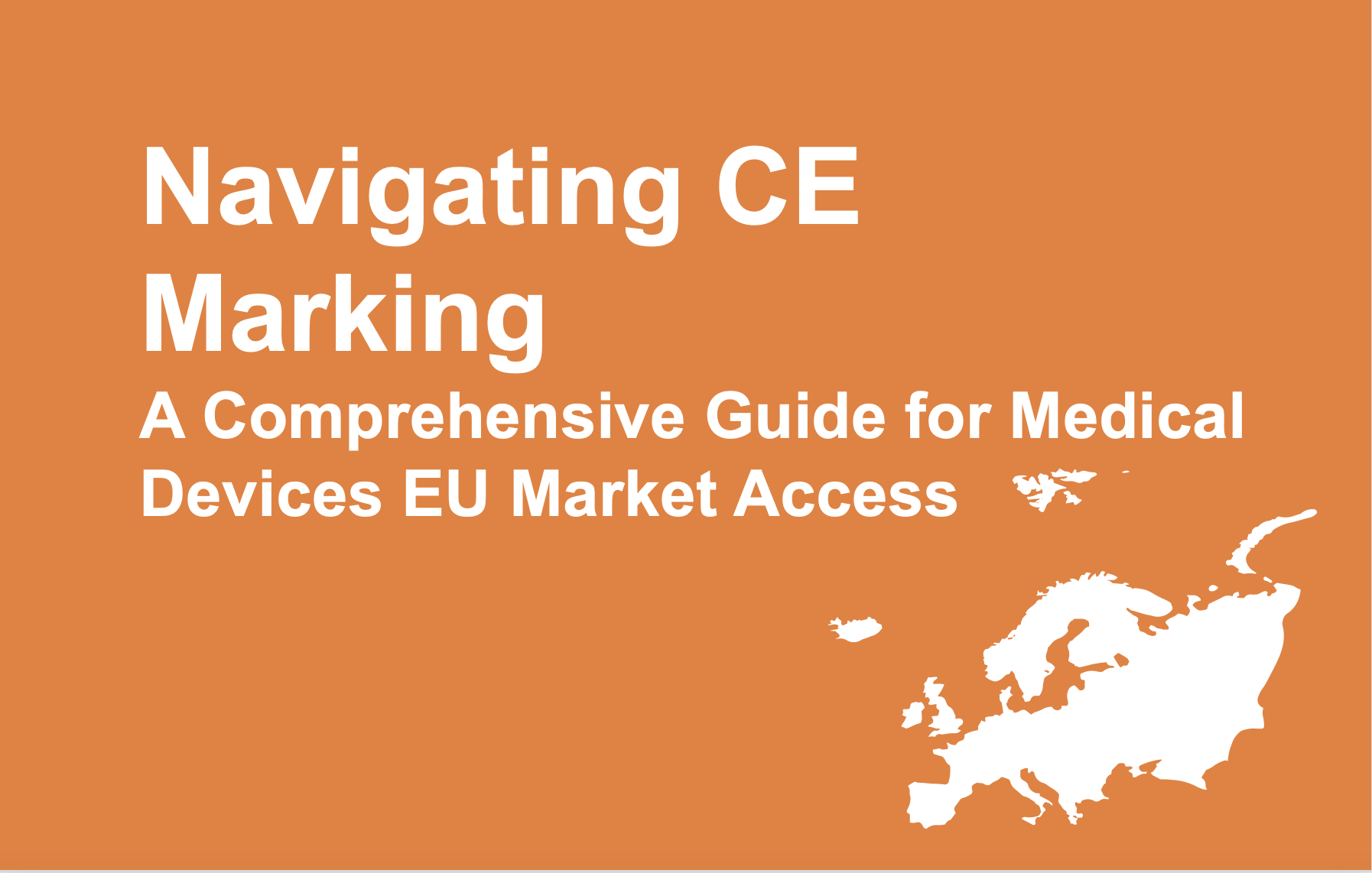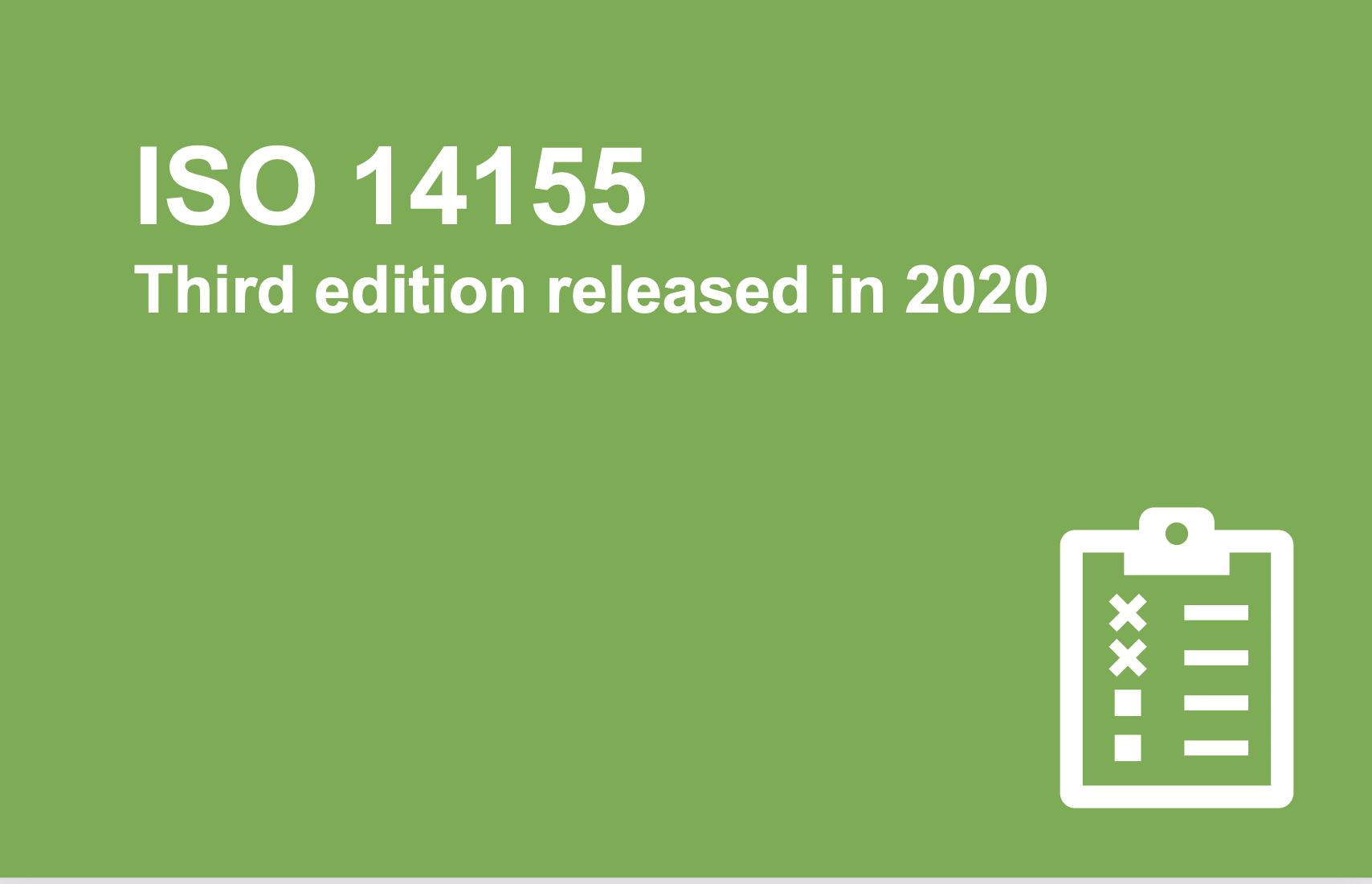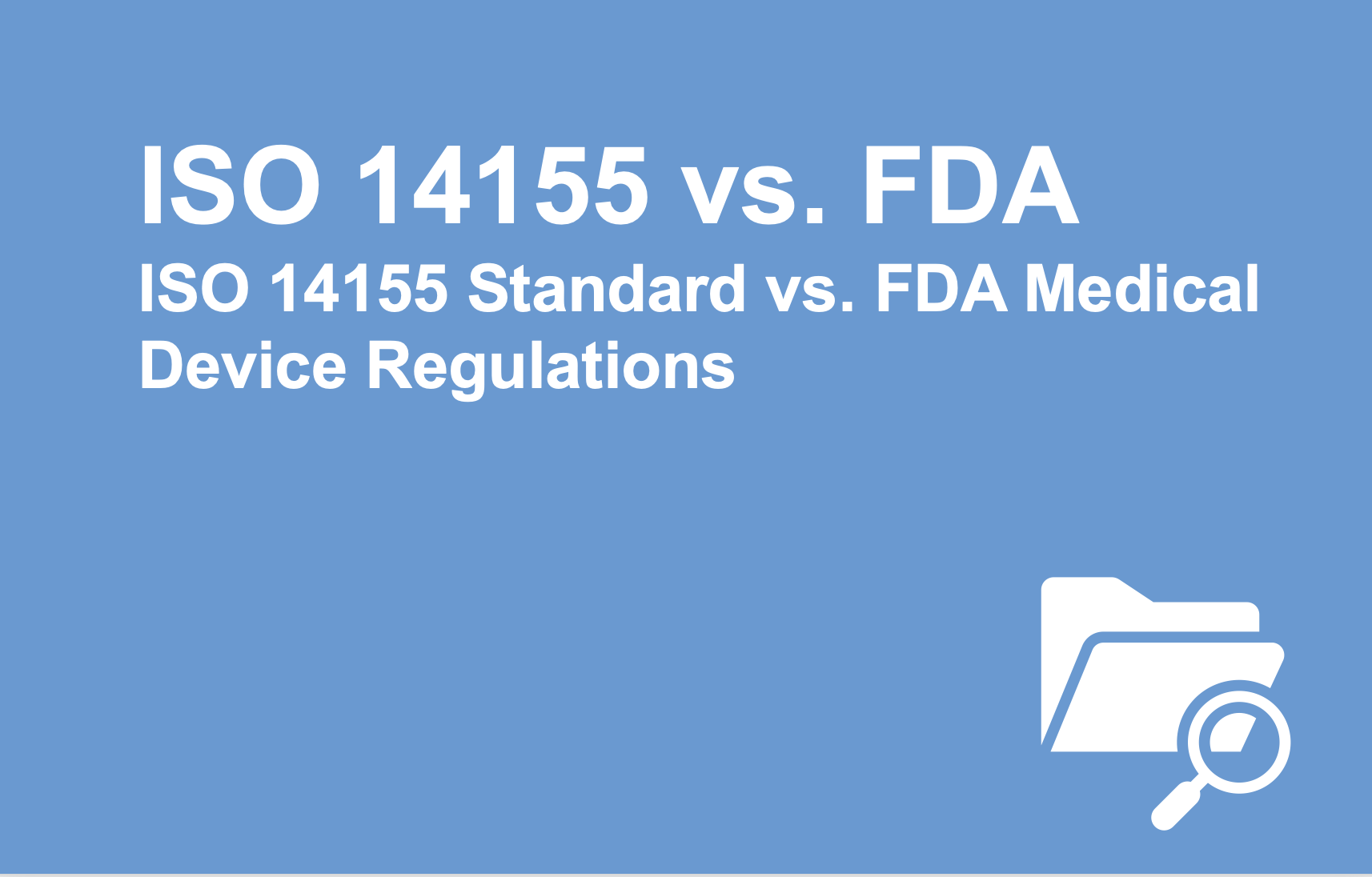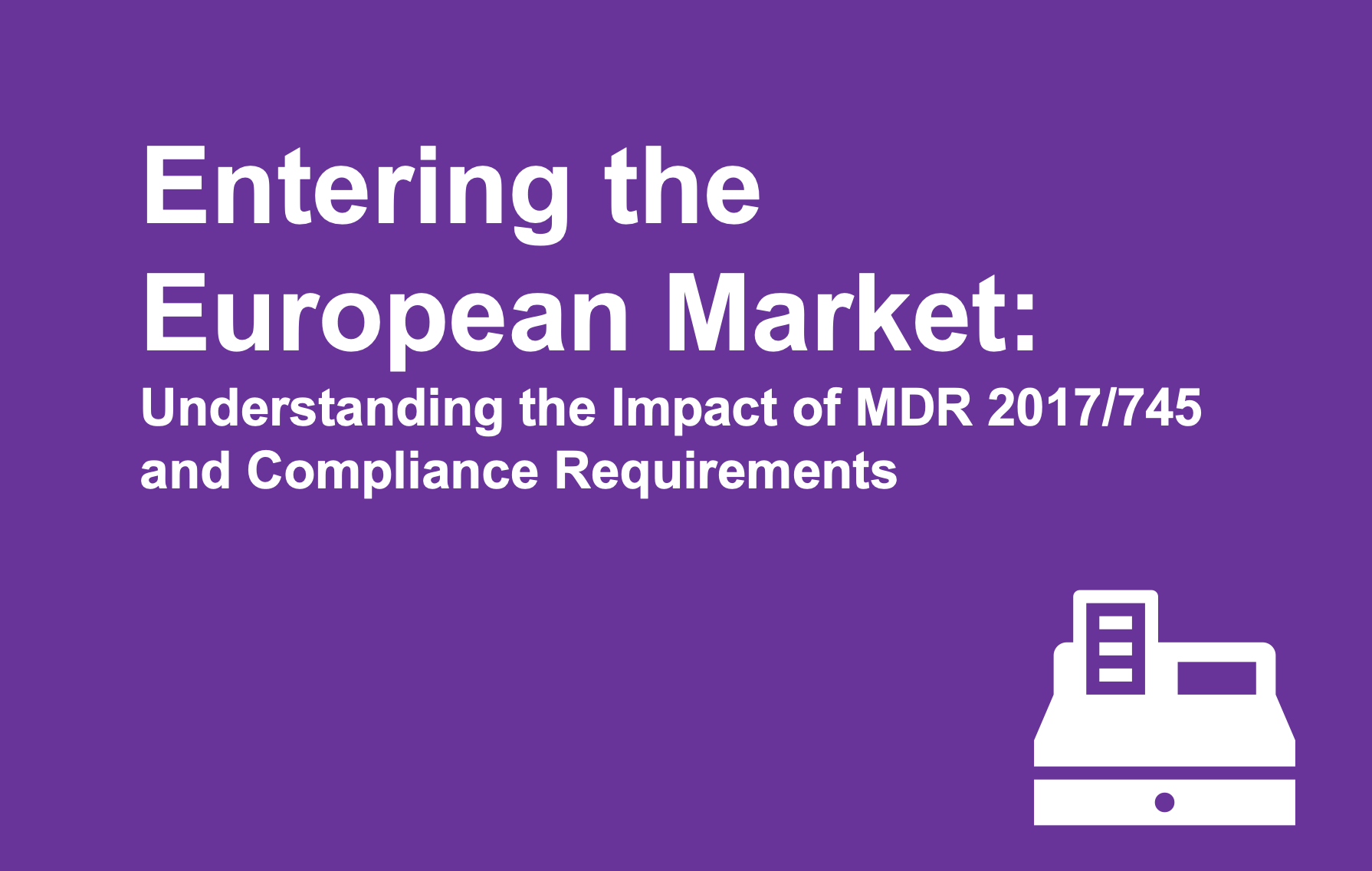Navigating CE Marking for Medical Devices: A Comprehensive Guide
The journey to obtaining a CE mark for medical devices may initially appear intricate and costly, partly due to misconceptions surrounding the process. However, armed with accurate knowledge and expert guidance, this process can be streamlined for success. This summary serves as your compass, outlining the crucial steps to secure a CE mark for your medical device while aligning with the Medical Devices Regulation (EU MDR 2017/745) or the In Vitro Diagnostic Devices Regulation (EU IVDR 2017/746).
1. Determine the Applicable Regulation: Begin by discerning whether your device falls under EU MDR or EU IVDR. This determination shapes the regulatory path ahead.
2. Classify Your Device: Classify your device according to its intended use and potential risk (Class I, IIa, IIb, III). This classification governs scrutiny and conformity assessment levels.
3. Identify European Harmonized Standards: Unearth the European Harmonized Standards pertinent to your device. These guidelines govern design, manufacturing, and performance, demonstrating compliance with requirements.
4. Implement a Quality Management System (QMS): Establish a robust Quality Management System (QMS), often following ISO 13485:2016. This ensures uniformity in the design, production, and distribution of safe medical devices.
5. Prepare Technical Documentation: Craft a comprehensive Technical Documentation or Design Dossier encompassing design specs, risk analysis, clinical data, labeling, instructions, and manufacturing details—proof of compliance.
6. Prepare Evaluation Reports: Prepare Clinical Evaluation Reports (CER) or Performance Evaluation Reports (PER) in line with MEDDEV 2.7/1 rev4, MDR, and IVDR. These reports underscore safety, performance, and clinical benefits.
7. Appoint a European Authorized Representative (EAR): For non-EU entities, appoint an EAR to liaise with regulatory authorities. EAR bridges the gap between your company and EU regulations.
8. Audit and Certification: For Class III, IIb, IIa, and I devices (sterile/measuring), an audit and QMS certification by a Notified Body (NB) is vital. Class I devices typically don’t require NB audits.
9. Obtain Approval and Certification: Upon completing the audit and certification, secure approval from the NB to affix the CE mark and gain the ISO 13485 certificate. Class I devices can be self-certified.
10. Declaration of Conformity (DoC): Prepare a Declaration of Conformity (DoC) affirming your device’s adherence to relevant Regulations. DoC is a legal validation of compliance.
11. Register with Competent Authority (CA): Register your device with the CA of the EU member state where your company has a presence. National provisions may apply in specific EU countries.
With proper compliance, meticulous documentation, standard adherence, and involving the right stakeholders, your journey toward successful CE marking can be predictable and painless!











